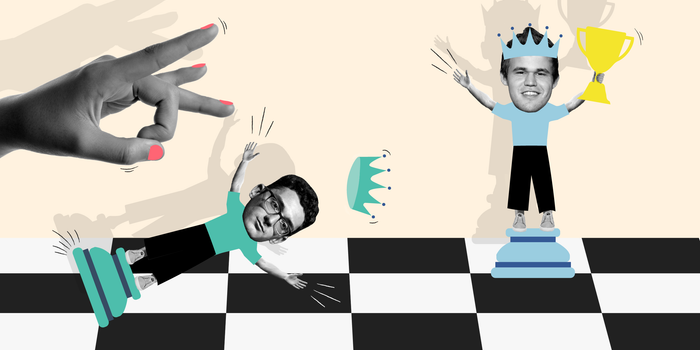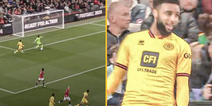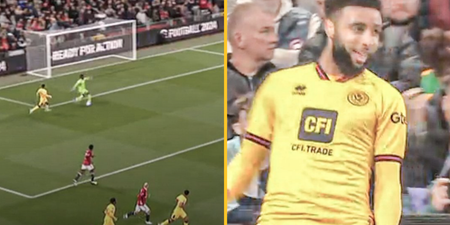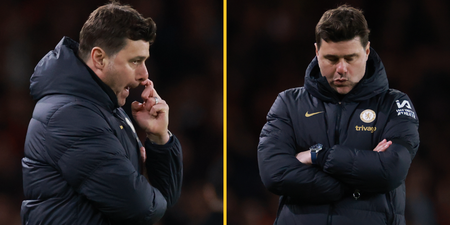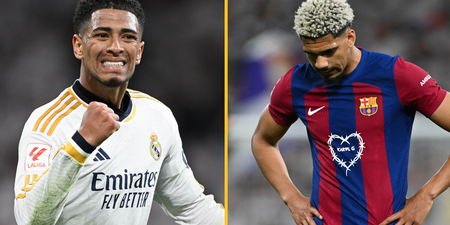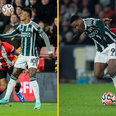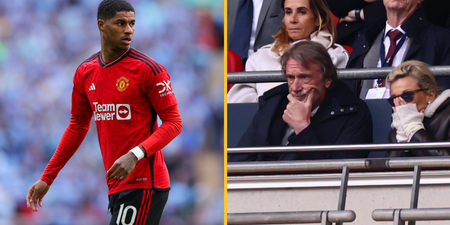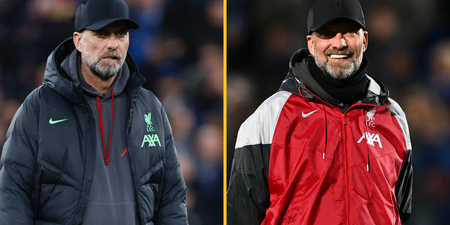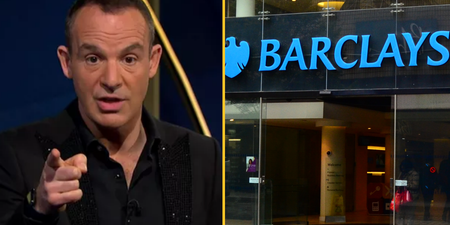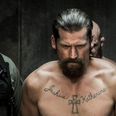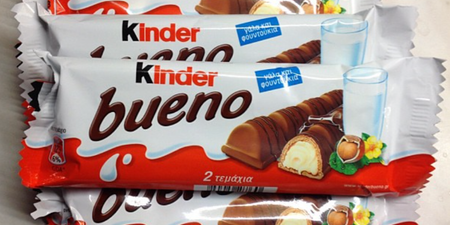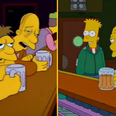In a dark room in central London two men sit down to play a board game. 19 days later, they are still there. Nobody has won a match. Something like the clinical definition of insanity springs to mind. And then the levee breaks.
Magnus Carlsen is thinking. He has been thinking for a while.
Since he was two years old, putting together 50 piece jigsaw puzzles. Since he was four, assembling LEGO sets for children three times his age. Since he was five, when he was taught the game that would become his life and since he was six and seven, when he would sit alone and play both sides of the board. Since he was eight, his first tournament, and since he was 13, the age he became a grandmaster; the same year that he drew with Garry Kasparov, the man many consider to be the greatest chess player of all time.
That is, if they don’t now consider it to be Carlsen. On that day and at that age, he could – and should – have won.
He’s been thinking since he was 14, when he was first nicknamed the “Mozart of chess”. Since 15, when he became national champion. At 18 he did something that only four chess players had ever done before him: reach an Elo rating of 2800. He was thinking then, too.
Since 20, when he became the number one ranked player. Since 22, world champion. Since 24, when he defended the title and recorded the highest Elo rating ever recorded, a staggering 2882.
He is 27 now, and he is defending both the world title he has held since 2013 and his number one world ranking he has had since 2010. He is still thinking. He turns in his chair, away from the chessboard for the first time, and stares out into the audience behind the glass wall.
Magnus Carlsen, it seems, is stuck. Someone on the front row scratches down the list of moves with a pencil. 14. bxa5 Rxa5 15. Bd2 Raa8 16. Qb1 Nd7 17. Qb4 Rfe8
Someone else, sat on the floor in the corner of the room closest to the glass, appeared to do the same.

The origins of chess can be traced, vertically, diagonally and horizontally to India, during the Gupta dynasty. A simple wooden board was filled with four ranks – infantry, cavalry, charioteers and elephants.
It was warfare, miniaturised.
It reached the Near East after travelling along the Silk Road with the gold, jade and tea and soon became popular in the Old Persian and Arabic empires. From there it moved further west. The Persians called it Chaturanga and took it to Europe by way of the Byzantine Empire. The Arabs moved south, into north Africa and then across to Sicily and Spain with their own variant, Shatranj.
Gradually, the pieces changed. A Muslim game was rebranded by the Italians and the Spanish in the 15th century. The camels and the elephants and the goats were turned into seemingly more appropriate figures. A bishop. A knight. A castle. The army general, otherwise known as a vizier, and the most powerful figure on the board as the king’s second in command, became a queen. Presumably to slay.
The rules, slowly, became standardised in Western Europe. By the start of the Romantic Era chess was very much part of the zeitgeist, the small wooden pieces now firmly in the grasp of the Parisian and London elite.
Although it’s popularity has waned ever so slightly in the age of Fortnite and internet porn, chess continues to take hold at the right moments. Magnus Carlsen is the most universally popular chess player since… well, ever, and 2018’s World Chess Championship game against Fabiano Caruana is the most eagerly awaited since the Cold War showdown between the Russian, Boris Spassky, and the American, Bobby Fischer, in Reykjavik, Iceland.
Like they did then in 1972, officials scan the leather seats and the player’s toilets for hidden electronic devices.
In the opening game, Carlsen had the opportunity to become the first world champion in 37 years to win Game 1 with black.
He uncharacteristically missed Nh2 (Knight to h2), the first in a series of potential knockout blows.
Caruana was made to sweat and stew over every move after that regardless, forced to rush into moves he didn’t want to be rushed into. After seven hours and 115 moves, he managed to wriggle free up off the ropes.
Chess, at this level, is a battle against time and pressure as much as it is your opponent.
It was Carlsen’s turn in Game 2, as Caruana’s more effective preparation gave him the impetus even as he was playing as black. This time it was his brow that was furrowed as the clock beat down beside him, and it was he who clung on to force a draw.
“I mis-calculated something. Then I had to beg for a draw”, he said afterwards.
“I am not happy about this but it’s better than losing”, the refrain.
The initial 12 game schedule of the World Championship ended in 12 draws – a record – after 47 hours and 47 minutes, 637 moves and barely a hair’s breadth separating the two unassuming men playing like supercomputers.
Their official ratings, Caruana’s 2832 vs Carlsen’s 2835, suggest the gap between them might be even smaller than that.

It is during the press conference on the eve of the tournament that the differences between the two men were apparent.
Magnus Carlsen resembles a waxwork of a Neanderthal in a museum exhibit, such is his lack of movement and expression. The structure of his face – a thick, high brow that hangs over the eyes and other features condensed into the centre of the space – is equally apt, and he strikes you as more of a loosehead prop than a Grandmaster. Still, he is disarmingly handsome. Hence the G-Star Raw modelling campaigns. Hence his answer to one question, ambiguously offered by a Russian journalist about whether he had any ‘female support’ for the championship.
“Women hate me, I repel them’ Carlsen replied, deadpan.
Every answer he gives is deadpan. More like everything he says.
Caruana, meanwhile, resembles a YouTube gamer, or a sandwich artist. His eyes dart around like a sparrow’s beneath thick, rectangular glasses. He is composed, and at least looks comfortable in comparison to Carlsen, who sits, arms crossed, staring at the faces and lenses in front of him, hardly blinking.
Caruana answers his questions more earnestly, too, and is forced to deal with more than one on the topic of his nationality. He was born in Brooklyn but grew up in Italy. He has since switched affiliation to the US but diplomatically insists that he continues to represent both countries.
Carlsen barely offers more than a sentence and treats the questions with a taut, cool indifference. Indeed, on the question of chess itself struggling to be cool, Carlsen tells the journalist that, for him, chess has been the coolest thing in the world since he was eight years old.
You can almost hear a ding as chess flies up a few points in the popularity ratings.

The Norwegian arrived for Game 9 with a black eye, the shiner obtained after playing football on his day off.
When a journalist asked if it caused him any pain during the match, Carlsen replied as brusquely as though he wanted to inflict one of his own.
After that, someone asked him if it was the best game he had played in the tournament so far. The response was much the same.
In between, Caruana practically admitted that he had barely noticed his opponent’s war wound, admitting that he “doesn’t usually look at Magnus too much during the game”.
By this point they had spent over 37 hours, alone in a room, only one metre apart.
Watching a game of chess live is like nothing else in the world of sport. It more closely resembles gazing at a still life in an art gallery, or quietly observing a glacier.
This year the World Championship was held at The College, close to Holborn tube station in central London. Spectators who buy tickets are allowed into the theatre only for half hour intervals. Fortunately media members could stay to endure matches in their entirety.
And that is mostly what it is; endurance. You sit in a dark room on small wooden benches and gaze up at three giant screens. The centre depicts a computerised version of the board and the most recent move is marked by a WordArt arrow. Either side of the virtual battlefield is a close-up of each player that doesn’t really change much, even as the games lurch on, hour after hour.
The two men themselves sit and play behind a large, soundproof glass wall. Like a disappointing penguin exhibit at the zoo, much of the time the audience is left simply waiting for one of them to move. To do something. Were there no security presence, you feel as though there would be noses pressed right up against the glass.
The players are almost invisible when the first moves are played as photographers are allowed within the bubble for the first few minutes of every game for close-up shots. Caruana’s level of concentration is unwavering, even as he sits opposite advanced Norwegian supercomputer disguised as a fuckboy, even as the flashes blind them from a foot or so away.
In Carlsen, however, you can see something like mild annoyance bubble like rage beneath the surface. When the photographers leave it is just the two players alone but for the arbiters, a solemn looking man and woman that sit in the opposite corners of the room to make sure nobody cheats. They do not move. Two cameras – remote controlled – film the action. Or lack thereof.
You sit in the dark and mobile phones aren’t allowed, and the game is marked by long periods of nothingness as both men stare at the pieces, incessantly, as though attempting to move them with their own minds.
There is frowning, grimacing, huffing and puffing, and their hands hold their heads in exasperation and frustration and consternation and simply to stop them from toppling over like toddlers from the sheer weight of it all; the hefty calculations they run like algorithms, drifting 20 or 30 or 40 moves, hours into the future, only to decide to move that small wooden figure to that particular square.
It’s volcanic. Dormancy and eruption.
When a provocative move is played they come in a flurry soon afterwards, and it is then that the two grandmaster’s hands move, blurs, as they exchange pieces, stop the clock and record the moves with pen and paper too quick for the electronic board to keep up.
And then they sit and they think again.
The room takes on different moods and tonal shifts but usually it’s a live interrogation unfolding, and we are behind the secret one-way glass. Both players fit the trope.
Carlsen is a brutalist Scandinavian police detective coercing answers out of his tight-lipped capture. Caruana exists in a state of perpetual nervousness, moving pieces apologetically, confessing to a crime he did not commit.
It is telling how often Carlsen leaves the playing table to disappear off stage left and out of the field of the view, as though in disgust at proceedings, and Caruana is left to ponder his fate opposite an increasingly empty leather chair.
At first, it seemed to be for toilet breaks. But it happens too frequently. Once, when he walked back to the table whilst straightening his already impeccably neat blazer, he was chewing. But the breaks happen too frequently for snacking, too.
Whenever he leaves, always after playing a move, he glances back at the pieces as though they might fade into the air without him watching.
